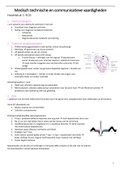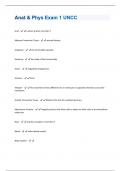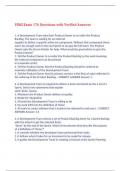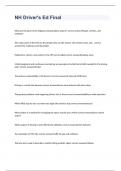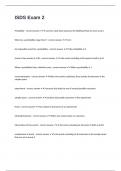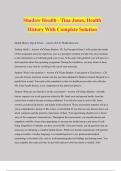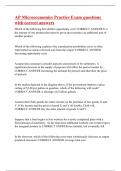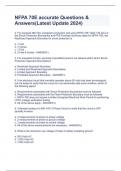Resume
Summary articles week 2 Managing Customer Experience and Value
- Cours
- Établissement
Summary of the 3 articles of week 2 of MCEV, for RUG-students. The summarized articles are: Martin, K.D., A. Borah and R.W. Palmatier (2017), Data Privacy: Effects on Customer and Firm Performance, Journal of Marketing, 81 (1), 36-58. Mende, M., Scott, M. L., van Doorn, J., Grewal, D., & Shanks...
[Montrer plus]




